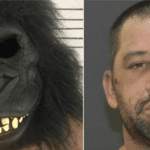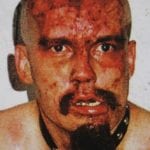 Weird Stuff
Weird Stuff  Weird Stuff
Weird Stuff  Mysteries
Mysteries 10 Tragic Disappearances and Deaths in Joshua Tree National Park
 History
History 10 Ways Childhood Really Sucked in the Old West
 Music
Music 10 Name Origins of Famous Bands from the 1990s
 Religion
Religion 10 Biggest Turnarounds by the Catholic Church
 Weird Stuff
Weird Stuff 10 Unbelievable Times Laws Had Unintended Consequences
 Humans
Humans Ten Historic Women Who Deserve Way More Credit Than They Got
 Movies and TV
Movies and TV 10 Films That Spawned Major Lawsuits
 History
History Ten Times Towns Were Wiped Off the Face of the Earth
 Creepy
Creepy 10 of the Most Disturbingly Haunted Public Houses in the UK
 Weird Stuff
Weird Stuff 10 Niche Subcultures That Are More Popular Than You Might Think
 Mysteries
Mysteries 10 Tragic Disappearances and Deaths in Joshua Tree National Park
 History
History 10 Ways Childhood Really Sucked in the Old West
Who's Behind Listverse?

Jamie Frater
Head Editor
Jamie founded Listverse due to an insatiable desire to share fascinating, obscure, and bizarre facts. He has been a guest speaker on numerous national radio and television stations and is a five time published author.
More About Us Music
Music 10 Name Origins of Famous Bands from the 1990s
 Religion
Religion 10 Biggest Turnarounds by the Catholic Church
 Weird Stuff
Weird Stuff 10 Unbelievable Times Laws Had Unintended Consequences
 Humans
Humans Ten Historic Women Who Deserve Way More Credit Than They Got
 Movies and TV
Movies and TV 10 Films That Spawned Major Lawsuits
 History
History Ten Times Towns Were Wiped Off the Face of the Earth
 Creepy
Creepy 10 of the Most Disturbingly Haunted Public Houses in the UK
10 Notorious Crimes Committed By The Yakuza
Japan is famous for its low crime rates, but an interesting juxtaposition to their crime statistics is that Japan is also home to the largest and the most immersive criminal organization in the world—the yakuza. The approximately 60,000-member gang is made up of 22 families, called boryokudan (“violence group”). These boryokudan are often made up of smaller affiliated gangs. Out of the 22 boryokudan, there are three main families, which are the Yamaguchi-gumi, the Sumiyoshi-kai, and the Inagawa-kai.
One thing that many readers will notice is that the nature of the yakuza’s crimes are not as shocking and vicious as the crimes of mafias in other countries. Instead, these crimes should speak to the nature of criminal culture in the Land of the Rising Sun.
10 The Murder Of Ryoichi Sugiura
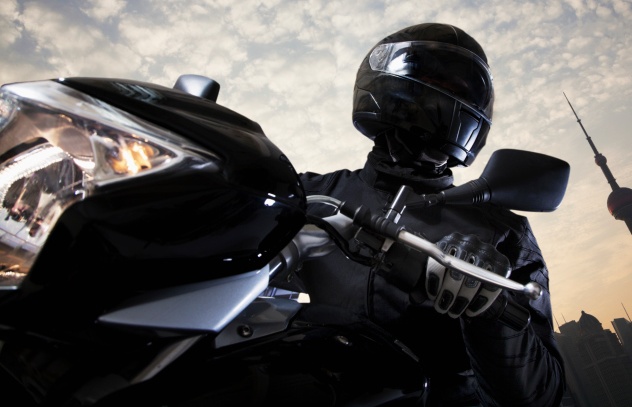
The two largest families in the yakuza are the Yamaguchi-gumi and the Sumiyoshi-kai. The Yamaguchi-gumi has about 25,000 men, and the Sumiyoshi-kai boasts a membership of 10,000. Needless to say, a war between the two could be devastating on city streets. On February 5, 2007, that fear almost became a reality for the citizens of Tokyo. Just after 10:00 AM, two men in motorcycle helmets approached the limo of a senior member of the Sumiyoshi-kai, Director Ryoichi Sugiura, and shot him three times through the window of his limo, killing him.
The gunmen were from a gang called the Kokusui-kai, which is affiliated with the Yamaguchi-gumi, and the motive behind the murder concerned a turf dispute. At the time of his killing, Sugiura was negotiating a turf dispute between the Sumiyoshi-kai and the Kokusui-kai. The dispute was over a district in the middle of Tokyo called Roppongi, which used to be the Yamaguchi-gumi’s turf. They had lost it to the Sumiyoshi-kai after battles in the early 1990s. But now, the Yamaguchi-gumi wanted the turf back, and they were willing to kill to get it.
The fear was that a turf war would start in Roppongi district, where many embassies, schools, universities, and nightclubs are located. On the same day of Sugiura’s murder, as well as the day after, members of the Sumiyoshi-kai fired rounds into a Yamaguchi-gumi office and at two other properties owned by affiliates of the Yamaguchi-gumi. Police quelled the attempts at revenge before they got too serious, and no one was injured.
Luckily, the turf war never materialized, or at least, the public was not made aware of it. No one was ever arrested for the murder of Sugiura.
9 The Exploits Of Wataru ‘Jackson’ Inada
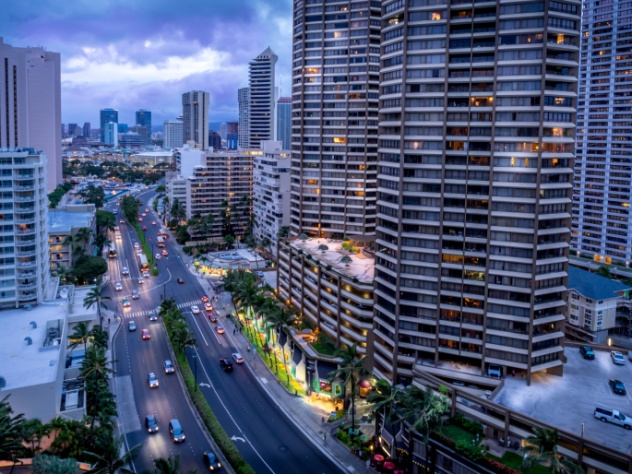
Having so many members, it shouldn’t be a surprise that the yakuza have expanded to other countries. They’ve made inroads in China, South Korea, and even the United States.
One person who was influential in the spread of the yakuza in the United States, especially in Hawaii, was a man named Wataru “Jackson” Inada. Inada, a member of the Sumiyoshi-kai, came from Tokyo to Hawaii in 1972. Over the next two years, he made connections in the US mainland, which included a relationship with the Los Angeles mafia. These connections allowed the yakuza to ship heroin into the United States. During this time, the yakuza and their US mafia connections flew under the radar of the authorities.
That changed in May 1976, when Inada and his girlfriend were found shot to death in an apartment in Honolulu. Inada had been arrested after trying to sell a large quantity of heroin to an undercover officer, and he was planning on testifying against his suppliers. The murder was never solved, but it is believed that he was killed by a local gangster.
Inada’s murder caught the attention of a prosecutor in Honolulu named Michael Sterrett. Sterrett realized that Inada planted the seed of the yakuza, which was becoming more established in the US. Using the connections that Inada had made, the yakuza could ship drugs to the United States, and organized crime syndicates in the US could ship guns to Japan. Sterrett was the first person to bring the fact that the yakuza were becoming a real problem to the Justice Department’s attention.
Even 40 years after Inada came to Hawaii, the yakuza are still a problem in the United States. They are involved with money laundering, human trafficking, and prostitution. In 2012, President Obama froze the assets of two of the biggest yakuza gangs to stop them from doing business in the US.
8 The Murder Of Kazuoki Nozaki
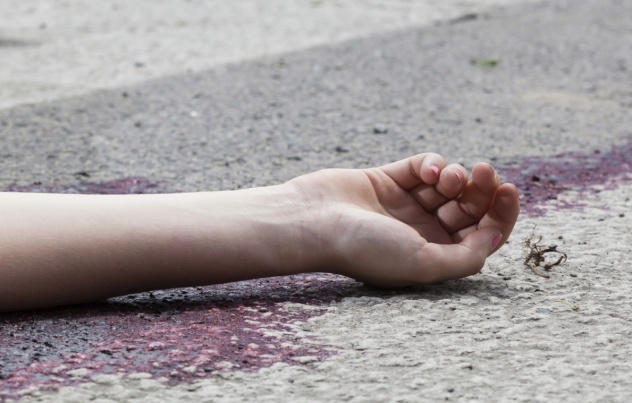
In many cases, the yakuza offer businesses protection, similar to paying an insurance company. Even though they’re plainly racketeering, the yakuza avoid committing acts of violence against civilians because it would hurt their image. However, a few yakuza groups have separated themselves from others because they were willing to hurt or kill civilians.
One such group was the Goto-gumi, which was founded by Tadamasa Goto, who was considered to be the “John Gotti of Japan.” The Goto-gumi came to the national spotlight in 2008 when it was revealed that he had made a deal with the FBI. In exchange for information on the yakuza, the FBI arranged for him to have a lifesaving liver transplant at the UCLA Medical Center in Los Angeles. After the surgery, Goto donated $100,000 to the hospital, and they hung a plaque with his name on it to thank him. When the information was made public, it led to the Goto-gumi being voted out of the Yamaguchi-gumi.
While Goto was permitted to get the lifesaving surgery, it is believed that he is connected to a number of lost lives himself, including the murder of Kazuoki Nozaki, a real estate consultant who was stabbed to death on the street in the Minato ward of Tokyo in March 2006. There were no immediate arrests, but the police suspected that the Goto-gumi was responsible for the murder.
Four years after the homicide, in December 2010, four members of the gang were arrested in connection with the murder of Nozaki. Looking for further justice, the family of Nozaki sued the Goto-gumi and Goto himself as an employer. The Goto-gumi settled for $1.4 million in 2012 and even apologized to the family, but Goto did not take responsibility for the murder.
It is also worth noting that at the time of the settlement, Goto had been retired for three years. In 2009, he had entered the Buddhist priesthood. He also published a best-selling autobiography called Habakarinagara (“Pardon Me, But . . . “) in 2010, and he donated the proceeds to charity. However, this is not the only notorious crime that the Goto-gumi was involved in.
7 The Death Of Juzo Itami
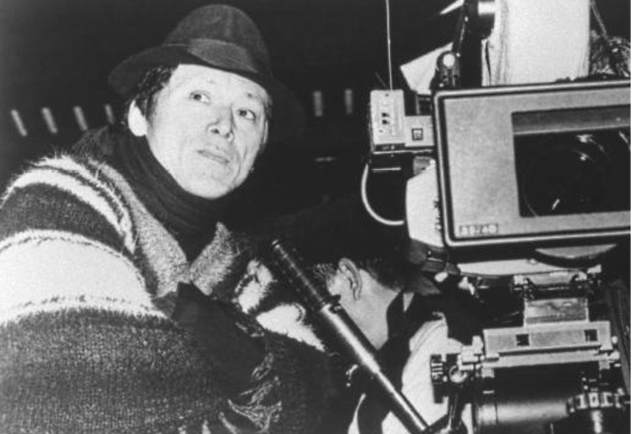
One of the most famous and respected filmmakers from Japan was Juzo Itami. Itami started off as an actor in 1960 before moving behind the camera to direct the 1984 hit The Funeral. His satirical films were hailed for being subtle, insightful, and funny. His most famous film is Tampopo (1985), which is about a woman who sets out to make a perfect noodle.
Later in his career, Itami got into slightly edgier material with Minbo in 1992. The film was a satire that made fun of the yakuza. In it, the gangsters are depicted as dumb bullies who grunt, dress well, and hang out in large groups. At the end of the film, they are outsmarted by a female attorney, who was played by Itami’s wife. Of course, the yakuza weren’t happy with the depiction, and on May 22, 1992, Itami was attacked by five yakuza members. Itami said that they could have killed him if they wanted to. Instead, they slashed his face and shoulder. The attack left a large scar on his face, which came to be one of his trademarks.
Jump ahead to December 20, 1997, and the 64-year-old director was found dead after jumping eight stories from the roof of the building in which he worked and lived. It was ruled a suicide. A magazine was going to publish an article about an affair that Itami supposedly had with a younger actress. Itami, who was married to an actress who had starred in all his movies, denied the affair in a note. He also said that he would prove his innocence by taking his own life. The suicide was troubling and quite puzzling to many people. One noticeable oddity that happened after the death was that Itami’s wife was put under police protection from the yakuza, in spite of it apparently being a suicide.
Jake Adelstein, an American who spent years working the crime beat for a Japanese newspaper and wrote the book Tokyo Vice about his experiences, said that a source told him that Tadamasa Goto was responsible for the knife attack and the death of Itami. According to Adelstein, Goto and a henchman, or men sent by Goto, went to Itami’s house and forced him up to the roof at gunpoint. They told him something to the effect that if he jumped, he might survive, but he definitely wouldn’t survive a bullet to the brain, so Itami jumped. Adelstein said it was a perfect murder, because there was no foul play and no proof that his death was anything but a suicide.
6 The Crimes Of The Kudo-Kai
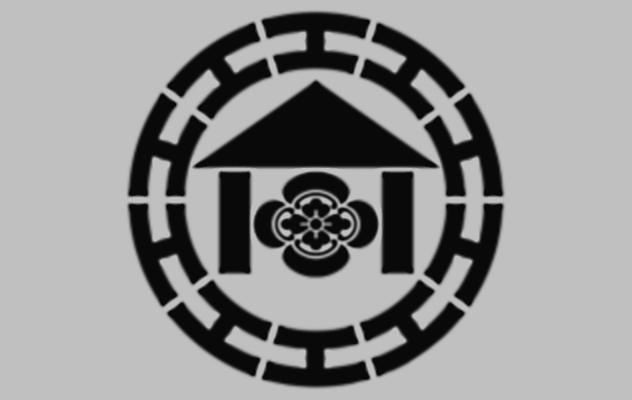
Another group that managed to set themselves apart from other families is the Kudo-kai. The Kudo-kai was one of the more notorious yakuza gangs because of their penchant for hurting and killing civilians. One notable target of the gang was a fishing cooperative in the coastal city of Fukuoka. Things escalated in December 2013, when the 70-year-old head of the cooperative was shot dead. In May 2014, the man’s grandson, who was a dentist and not linked to the cooperative, was stabbed while commuting to work. Luckily, he survived the attack. Finally, in July 2014, a woman who worked at the cooperative was slashed with a knife but survived.
Due to the rise in violence, boss Satoru Nomura and underboss Fumio Tanoue of the Kudo-kai were arrested in September 2014, but not for a recent murder. They were charged with the 1998 shooting death of another 70-year-old man who was the head of the fishing cooperative. At the time, four members of the Kudo-kai were arrested, and two were convicted. The police said that they uncovered new information indicating that more senior members of the gang were involved. That was when Nomura and Tanoue were arrested.
In October 2014, Nomura and Tanoue, along with the Kudo-kai’s number three, were charged with the stabbing death of a nurse in January 2013. The police believe that Tanoue ordered the murder because he got into an argument with the woman while he was visiting a clinic. In February 2015, another assault charge was filed against the three men for the attack on the dentist. Finally, Nomura was charged with tax evasion in 2015. As of this writing, the three heads of the Kudo-kai are currently awaiting hearings on their charges.
5 The Murder Of Masaru Takumi
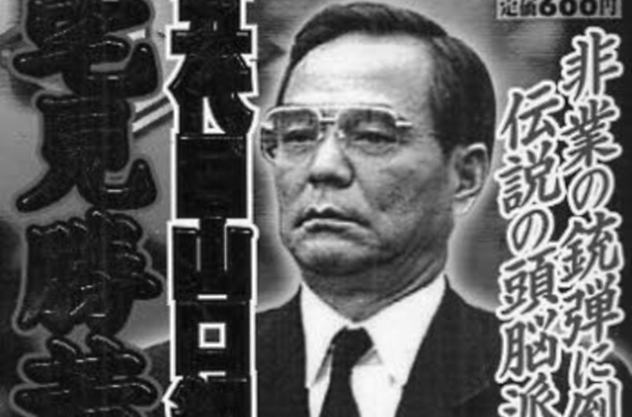
In 1997, Yoshinori Watanabe was in charge of the Yamaguchi-gumi, while the second-in-command was Masaru Takumi. Presumably, when Watanabe stepped down, Takumi would become the family’s sixth leader. But that didn’t happen; on August 28, 1997, four men in dark suits and baseball caps approached Takumi at a hotel cafe in Kobe and opened fire, killing both Takumi and an innocent bystander.
The gunmen were members of the Nakano-kai, which was the largest gang within the Yamaguchi-gumi family. The Nakano-kai was angry with Takumi because he made peace with a gang that tried to kill their leader. Ultimately, the assassination led to the downfall of the Nakano-kai, who were kicked out of the Yamaguchi-gumi and became victims of retaliation, even though it was forbidden by the Yamaguchi-gumi. Other gang members left the Nakano-kai, and it dwindled down from once mighty numbers to just 170 by 2002. The gunman, Harutoshi Zaitsu, was arrested 16 years after the crime in June 2013 and confessed to the double murder.
The death also left a huge hole in the Yamaguchi-gumi family with no immediate heir. In the end, Watanabe was forced to remain in charge until July 2005, when he retired. Shinobu Tsukasa, whose real name is Kenichi Shinoda, took over.
4 The Murders Of Masao Higa And Shokichi Haine
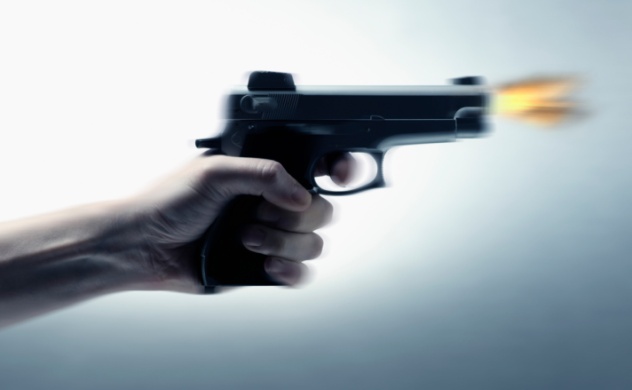
On November 23, 1990, two members of the Okinawa-based Kyokuryu-kai crime family, Hideo Zamami and Takeo Matayoshi, were out looking for rival gang members. Thinking that they had found their targets, they opened fire on a car with two people in it. The problem is that it wasn’t other gang members; it was actually two plain-clothed police officers—43-year-old Masao Higa and 42-year-old Shokichi Haine. Both were killed as a result of the shooting. An unidentified woman was also shot when she drove by, but she survived.
Zamami was arrested, convicted, and given a life sentence for his role in the murders. Matayoshi, who was a senior member of the gang at the time of the shooting, was never arrested, and it looks like he will get away with the double murder. In Japan, there is a 25-year statute of limitations on all crimes, and that includes the murder of police officers.
3 The Murder Of Iccho Itoh
Japan’s strict gun laws and its tolerance for organized crime (whose members are usually the only ones with access to guns) collided on April 17, 2007. That day, the three-term mayor of Nagasaki was returning to his office after a day of campaigning for his fourth term. Waiting for him was yakuza member Tetsuya Shiroo, who walked up behind the mayor and shot him twice in the back. After the shooting, Shiroo tried to run but was tackled by Itoh’s wife and his aides. He confessed to the murder when police arrived.
Shiroo was the former second-in-command of the Suishin-kai gang, which was based in Nagasaki and associated with the Yamaguchi-gumi. For reasons that weren’t made public, Shiroo had been demoted to “councillor.” Shiroo claimed that his motive for the murder was that he had a long-standing beef with the city, dating all the way back to 2004, when he damaged his car after he hit a speed bump. However, authorities doubt that is the reason and are unsure what exactly the motive was.
2 The Dojin-Seido War
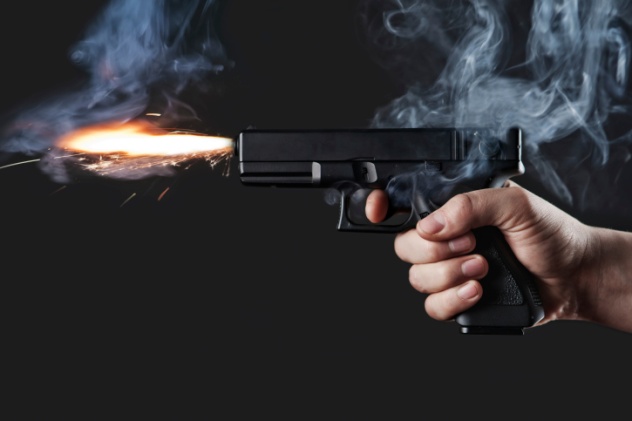
Most yakuza violence involves gang rivalries, and sometimes, the conflicts explode into full-on gang wars. Such was the case in 2006, when a group of 500 men from the Dojin-kai broke off and started a new gang called the Kyushu Seido-kei. The split stemmed from a disagreement about leadership. After the Kyushu Seido-kei broke off, they affiliated themselves with the Dojin-kai’s rival, the Yamaguchi-gumi, and this new affiliation led to war.
The war lasted seven years. The most volatile time was in August 2007, when a member of the Kyushu Seido-kei killed the leader of the Dojin-kai. Beyond that, there were over 45 violent incidents, which included crimes like bombings, grenade tossings, shots exchanged during high-speed car chases, and the murders of 14 people. At least half of those 14 deaths, which included one civilian, were from gunfire, which may not seem like a lot until you consider how many gun deaths typically happen in Japan. For example, in 2006, there were only two. In 2007, there were 22 deaths, and it was a national scandal. By 2008, the number of deaths dropped to only 11.
The war came to an end on June 11, 2013, when members of both gangs went to a police station. They announced that the war was ending and that the Kyushu Seido-kei was going to dissolve. They also publicly apologized for all of the problems that they caused.
1 The Yama–Ichi War
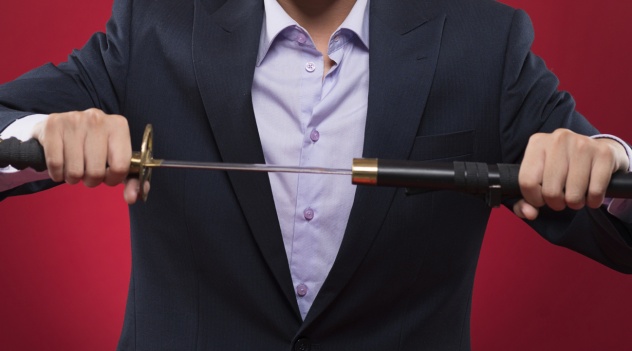
One of the worst yakuza gang wars on record took place in the Kansai region of Japan from 1985–89. The battle stemmed from the death of the Yamaguchi-gumi’s third chairman, Kazuo Taoka, who died from natural causes on July 23, 1981. Under the reign of Taoka, the Yamaguchi-gumi grew to be the dominant and largest yakuza family.
The Yamaguchi-gumi’s second-in-command, Kenichi Yamamoto, would have taken over, but at the time of Taoka’s death, he was in prison. The lieutenants chose to wait for him to get out of prison, but he died on February 4, 1982, from liver failure. The two deaths left the largest yakuza family without a head, and it created a huge power vacuum. As a temporary solution, a man named Masahisa Takenaka was elected as the leader.
That decision did not sit well with one of the lieutenants, named Hiroshi Yamamoto. He thought he should be in charge, so he started a splinter group called the Ichiwa-kai. On January 26, 1985, an Ichiwa-kai hit squad, following orders from Yamamoto, opened fire on Takenaka and two other high-ranking members of the Yamaguchi-gumi as they stood in an elevator. The Yamaguchi-gumi vowed revenge, igniting the four-year war.
Things got to be so bad in the gang war that a newspaper started putting a daily “score card” on their front page which listed deaths and serious injuries caused by the gang war. In total, 36 people were killed, and many more were injured. In the end, since there were so many more Yamaguchi-gumi members, they won. After the war, Yoshinori Watanabe was elected as leader of the Yamaguchi-gumi. Under his guidance, the Yamaguchi-gumi grew to unprecedented levels, and it remains the largest family in the biggest organized crime syndicate in the world.
Robert Grimminck is a Canadian freelance writer. You can friend him on Facebook, follow him on Twitter or Pinterest, or visit his website.



